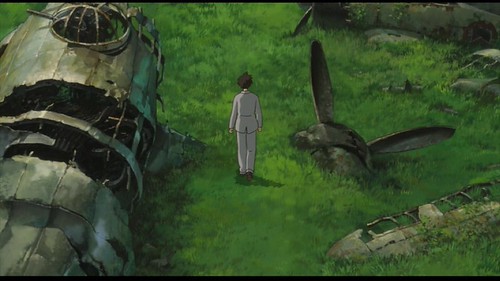by S. Abbas Raza
Some of my nieces and nephews are now at an age where they sometimes call me to ask how to cook simple Pakistani dishes (Pakistani cooking is the same as Northern Indian cooking, while the cuisine of South India is very different) and this gave me the idea of writing a cookbook specifically for South Asian students in the West who miss home-cooked food. I am quite proud of the book since it seems that it does what it claims to do quite well, which is teach complete beginners how to cook this kind of food. About forty people (about half South Asian and the other half hailing from countries in four different continents) have tested recipes from the book and I am pleased to report that their responses were unanimously very positive. Here is the Foreword from the book, written by my friend and 3QD colleague Robin Varghese:
A Scotsman with a colorful brogue first taught me to cook the food of North India and Pakistan. He himself had worked in an Indian restaurant in Glasgow. That was when I was in graduate school, half a decade following my freshman year when I wish I had learned to cook South Asian food.
Following this unlikely education, I would regularly ask my mother for recipes for my favorite of her dishes. But the sequence of my learning was wrong. I hadn't learned the basics first, and without them, my cooking would never evoke home.
Many of you who are reading this now are probably very far from South Asia. More to the point, you are very far from your family kitchen and cook. Chances are that you find yourselves somewhere rather alien, and what you really need is something that conspires to make your new surroundings, to borrow from a poet, “assume the furniture of home”. And since, for most of us, nothing creates the sense of home better than a dish that tastes of home, what you could really use is a cookbook that lets you recreate the food you miss.
Abbas has written that cookbook, but it is meant to be more than that. For those of you who are far from India or Pakistan, what you have is a way back for a time. For those of you from elsewhere, the pages that follow will allow you to get a solid foundation in the basics. And most of us—South Asian and non-South Asian alike—could do with a foundation in the basics.
When I say the basics, I mean the basics, and here that simply means, reliable, and perfectly repeatable recipes and techniques. A lot of cookbooks these days start off “against” authenticity, push impermanence, and celebrate “new expressions”. But the basics come well before and that is where we all should start.
Abbas once asked me if I've ever made the same curry twice. (Yes, he plays a culinary Parmenides to my Heraclitus.) While I'd like to think I can, I don't truly know if I have. He asked me this because making the same spot-on queema or chicken salan or rice again and again is second nature for him. Once you're done with this book, it will be for you too. In any case, as you will soon discover, Abbas is very good at explaining things.
Here is a website for the book where you can learn much more about it and also get a copy:
My wife and I had great fun cooking and testing all the recipes and photographing all the finished dishes (it took a few months), and we had even more fun one day (with my friend Georg Hofer) making an extremely silly book trailer video in the beautiful dolomite mountains just a few minutes from where I live. You might be amused to notice that I am also nervously flying the drone which is doing the photography. 🙂

